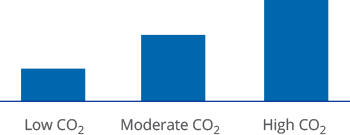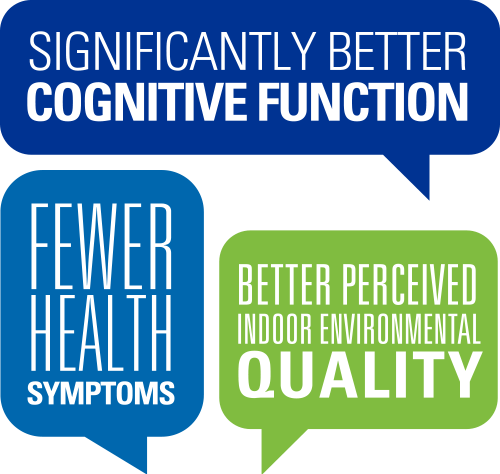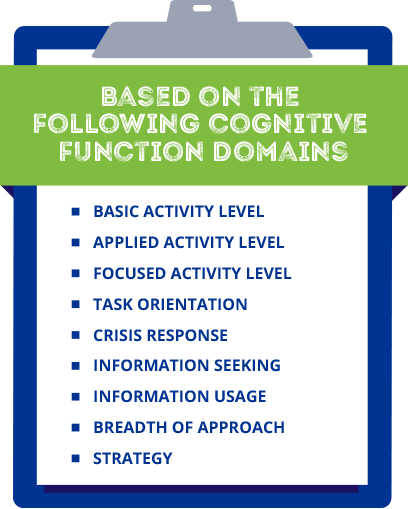Twenty-four professional employees – architects, designers, programmers, engineers, creative marketing professionals and managers – participated in a six-day study examining the impact of green buildings on cognitive performance and decision-making performance. For the two-week test period, they relocated to the Total Indoor Environmental Quality Laboratory at the Syracuse Center of Excellence in Environmental and Energy Systems in Syracuse, New York, where they conducted their normal work activities in conditions designed to simulate those found in conventional buildings, green buildings and green buildings with enhanced ventilation.
As part of the double-blind COGfx Study, participants completed a daily, 1.5-hour cognitive assessment of nine key cognitive domains using a validated, computer-based test, known as the Strategic Management Simulation. The test exposed the group to diverse situations based on real-world challenges, allowing flexibility in approach, as well as the freedom to strategize and take initiative in their own cognitive style.
The Strategic Management Simulation evaluates decision-making and has been used by more than 70,000 participants worldwide over the last seven decades. It gives participants the freedom to make decisions based on their own cognitive styles and is reflective of their performance in the real world.”Dr. Usha Satish

The Total Indoor Environmental Quality Lab is housed at Syracuse Center of Excellence. The lab was used to simulate conditions observed in different office environments.

